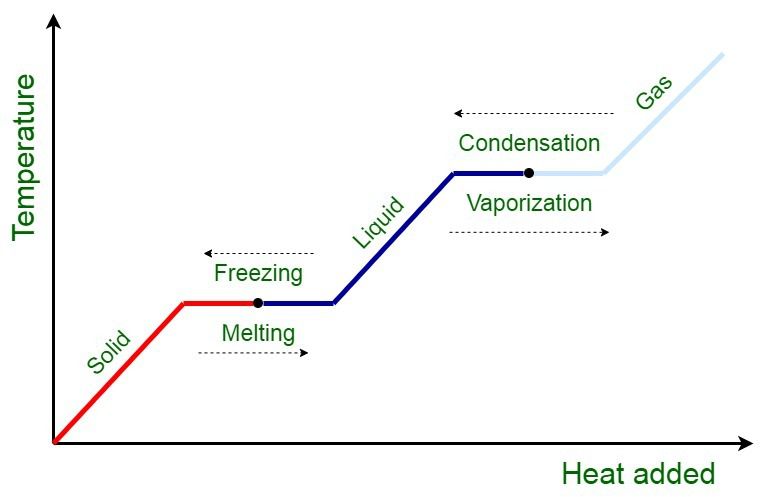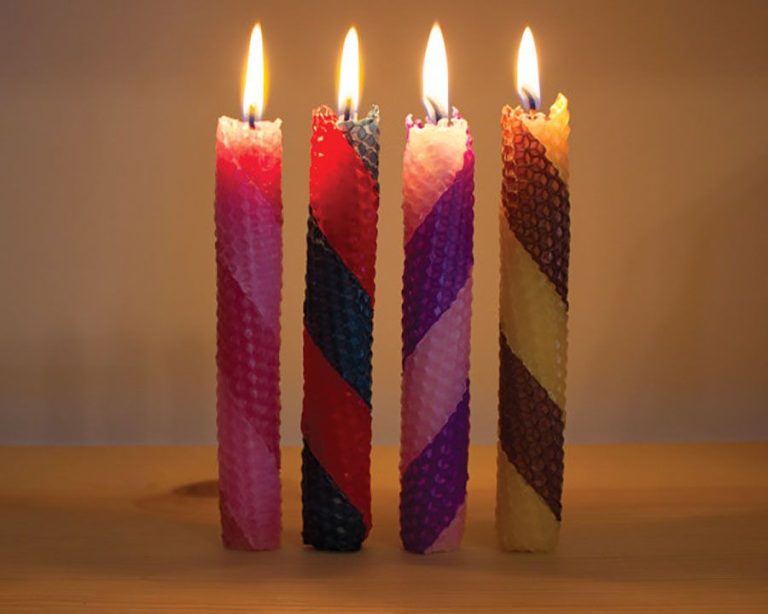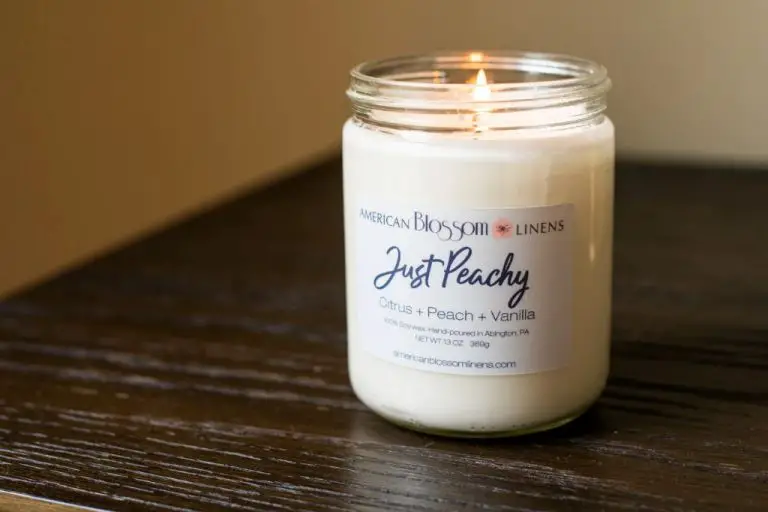Does Wax Ever Disappear?
Many people take wax for granted, from the candles and crayons we use to the wax coating on our fruits and cheeses. However, wax has a fascinating history and journey. For example, beeswax has been used for over 5,000 years, with evidence of honeycomb imprints found in Neolithic paintings in Spain https://lollykiks.com/blogs/news/interesting-facts-about-wax. Wax continues to play an essential role in our lives today. This article will explore where wax comes from, how it’s used, whether it ever fully biodegrades, and proper disposal methods.
What is Wax?
Wax is a hydrocarbon molecule that is malleable and plastic-like at room temperature but becomes liquid when heated (igiwax.com). It is generally defined as an “organic substance that is solid at room temperature and becomes liquid when heated” (artiencegroup.com). Chemically, waxes are a type of lipid made up of long fatty acid esters of various alcohols.
The chemical composition and structure of wax determines its physical characteristics. Waxes typically melt between 45-100°C and have lower densities than the oils they are derived from. They are insoluble in water but soluble in non-polar organic solvents. Waxes can be of animal, vegetable, mineral or synthetic origin. Beeswax and paraffin wax are some common examples.
Wax has a wide variety of uses and applications because of its malleability, hydrophobicity, and thermal properties. It is commonly used in cosmetics, polishes, electrical insulation, art materials like crayons, and as a coating or lubricant. The concentrated form of cannabis called “wax” refers to certain extracts that have a waxy texture due to their chemical composition.
Where Does Wax Come From?
Wax can come from a variety of natural and synthetic sources. One of the most well-known natural waxes is beeswax. Beeswax is secreted by honey bees from four pairs of glands on the underside of their abdomens. Worker bees use the wax to build the honeycombs that are used to store honey and pollen. Beeswax has been used by humans for thousands of years, dating back to ancient Egypt where it was used for cosmetics, embalming, and as a writing surface. Other natural waxes include carnauba wax that comes from the leaves of a Brazilian palm tree, and bayberry wax that comes from the fruit of the bayberry shrub.
According to Elmer Dills Candle Making Supplies, other natural waxes include rice bran wax from rice bran, jojoba wax from jojoba plant seeds, whale wax from sperm whales, wool wax from sheep wool, and palm wax from palm trees.
Uses of Wax
Wax is used for many everyday products due to its ability to provide structure and durability, while also being moldable with the application of heat. Some of the most common uses of wax include candles, crayons, and surfboards.
Candles are one of the oldest and most widespread uses of wax. Wax allows candles to hold their shape and provides fuel for the flame as it melts and burns. Beeswax and paraffin wax are commonly used to make candles.
Crayons use wax as the main binding ingredient that allows the pigment to have a solid, stable shape for drawing and coloring. The wax allows the crayon “core” to be molded into stick shapes. It also lays down color when rubbed across paper. Some common types of wax used in crayons are paraffin wax and beeswax (Source).
Surfboard makers use wax on the tops of surfboards to create traction and grip for standing securely while riding waves. Hard waxes are commonly used that provide durable grip against the water.
Does Wax Biodegrade?
Wax can biodegrade under certain conditions. Biodegradation is the process by which organic substances are broken down by microorganisms like bacteria and fungi. For biodegradation to occur, the right environmental conditions need to be present:

Water – There needs to be sufficient moisture for the microorganisms to grow and breakdown the wax.1
Temperature – Warmer temperatures will allow for faster biodegradation. Cold temperatures slow the activity of microorganisms.1
Oxygen – Aerobic microorganisms require oxygen to metabolize and break down the hydrocarbons in wax.
Soil – Fertile soil with a healthy microbial ecosystem aids biodegradation.
The molecular structure of the wax also impacts how quickly it can biodegrade. Waxes derived from plants and animals generally biodegrade faster than synthetic petroleum-based waxes. However, no wax biodegrades as quickly as substances like paper or food waste. Under the optimal conditions, complete biodegradation of wax can take months or years.
Wax Persistence in the Environment
Wax can persist in the environment for quite some time depending on the conditions it is exposed to. According to a discussion on Reddit, paste wax applied to cars can last 8-12 months when exposed to outside elements like sun, rain, snow etc [1]. The durability depends on factors like wax formula, number of layers applied, weather, and washing frequency.
On wood surfaces indoors, paste wax may last longer – up to a year with minimal exposure to sunlight according to wood finishing experts. However, over time it will require reapplication as it breaks down due to oxidation and exposure to light and heat.[2]
In general, wax persists longer out of direct sunlight and when kept sealed in a container. According to detailers, wax can last for years in a sealed container if stored properly away from heat and light sources.[3] However, when exposed to the elements, most wax coatings will gradually break down over months.
Proper Disposal of Wax
When it comes to disposing of wax products properly, there are a few key recommendations to keep in mind:
Hard wax leftovers from candles, warmers, etc. should be allowed to fully harden and cool before disposal. Once solidified, the wax can be thrown away in your regular household trash. Wax should never be poured down the drain as it can clog pipes over time (https://homelycounsel.com/2023/03/01/can-you-flush-wax-down-the-toilet/).
Liquid wax or wax melts should be fully absorbed into paper towels or newspaper before being discarded in the trash. Allowing the liquid wax to soak in helps prevent leaks or spills in landfills.
If possible, reuse old wax scraps by melting and repurposing into new candles or wax melts. Creative recycling keeps waste out of landfills. Any candles or wax products that cannot be repurposed can go in the trash.
When disposing of wax, be sure to separate the wax itself from any plastic, glass, or metal components in candle jars, warmers, etc. These non-wax items should be recycled normally. The wax portion can go in your general trash.
With proper solidification and separation from hazardous materials like metal or glass, wax can be safely discarded without harming the environment. Following these tips allows for responsible wax disposal.
Wax Recycling
As awareness grows over the environmental impact of waste, more recycling options are emerging for wax products like candles. Some specialty retailers like Sage and Honey offer in-store programs where customers can return used candle jars and leftover wax to be repurposed. The collected wax is filtered, melted down and used to make new candles, while the glass jars are cleaned and reused (https://sageandhoney.com.au/blogs/news/jar-and-wax-recycling-program).
For those without access to a wax recycling program, the leftover wax can also be repurposed at home. Simple DIY projects like turning old wax into new candles, wax melts or fire starters give used wax new life. Getting creative, the wax can even be turned into wax seals, art supplies like crayons or embellishments. With some imagination, wax normally destined for the trash can be transformed into a wide range of innovative and functional items (https://hobbyistroadmap.com/making/candle/zero-waste-diy-transforming-candle-wax-into-creative-treasures/).
Recycling wax at home does require some supplies like candle wicks and jars. However, with a few basic materials, leftover wax can be given an extended lifespan rather than getting tossed in the garbage. Between commercial recycling programs and DIY projects, there are effective options for keeping wax waste out of landfills.
Wax Alternatives
As awareness grows about the persistence of wax products in landfills, a number of companies have developed natural, biodegradable alternatives. For example, Vermont-based company Bee’s Wrap uses ethically sourced beeswax along with organic cotton, jojoba oil, and tree resin to produce reusable wax paper that can be washed and reused. The material biodegrades naturally when composted after its usable life.
Other options like If You Care parchment paper are non-stick, grease-resistant paper made from unbleached, non-GMO cellulose instead of wax. These biodegradable parchment papers break down easily after use. Switching to more sustainable alternatives can reduce waste and environmental impact compared to traditional wax products.
Conclusion
It can take decades or even longer for wax to fully break down, and the amount of time depends on the type and application of wax. Beeswax and paraffin wax take longer than soy wax or microcrystalline wax. The good news is that wax biodegrades naturally over time back into carbon dioxide and water, so although it may persist for many years, wax will eventually disappear.
Proper disposal and recycling of wax can help reduce its impact. We can also make conscientious choices by selecting more eco-friendly wax alternatives when possible. With awareness and care, we can work to keep wax from accumulating permanently in the places it doesn’t belong.





